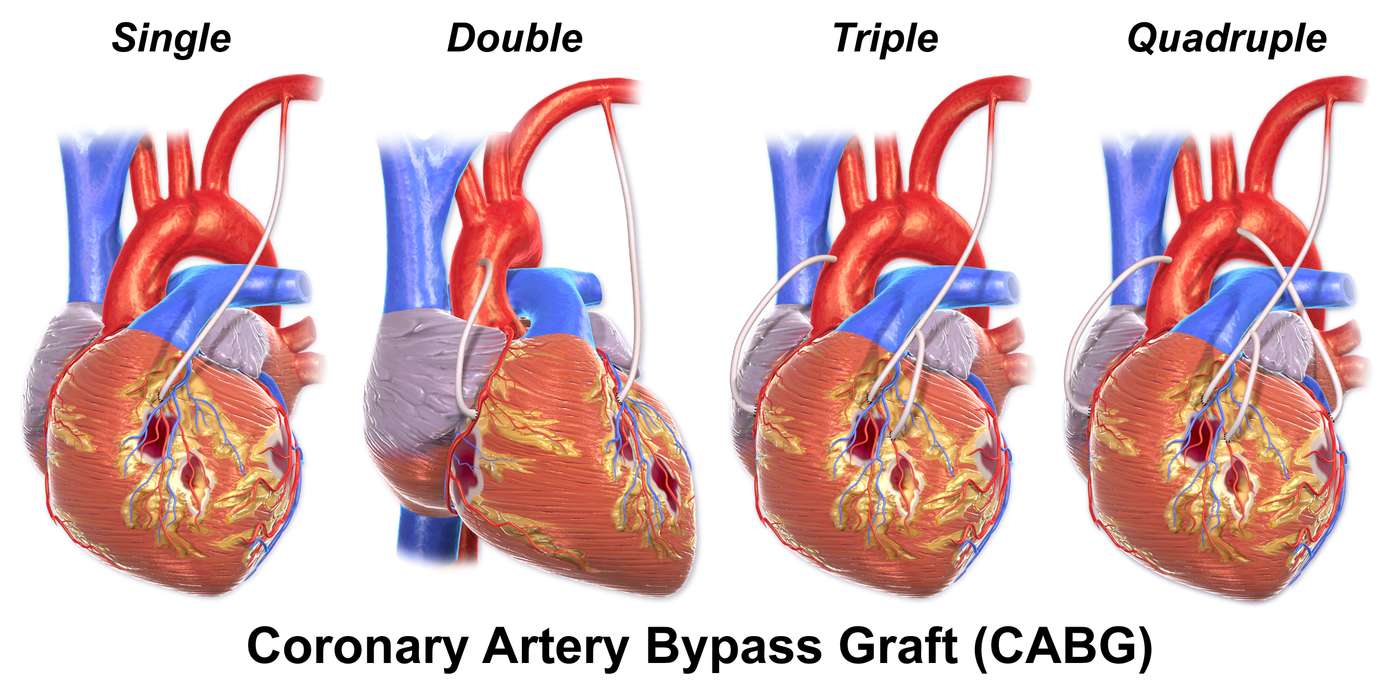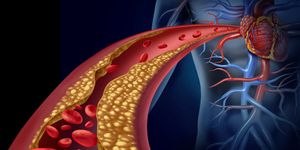The left internal thoracic artery is “associated with improved survival, graft patency, and freedom from cardiac events” in comparison to leg vein grafts in a procedure called coronary artery bypass grafting (CABG). Despite these indicators, most CABG patients don’t receive more than two grafts from this artery.
CABG procedures improve blood flow and oxygen delivery to the heart in patients with severe coronary heart disease (
National Heart, Lung, and Blood Institute). According to the
CDC, coronary heart disease kills more than 370,000 men and women annually and is the most common type of heart disease.
Somehow, doctors weren’t practicing the most successful form of the surgery, so the STS set out to update the guidelines. They were updated online this week and will be published in the February 2016 issue of The Annals of Thoracic Surgery.
New suggested protocols include using “an internal thoracic artery to bypass the left anterior descending artery when bypass is needed” and completing a second arterial graft in cases of severe stenosis and “as an adjunct” to the left internal thoracic artery.
“Our research shows that there is an increased risk of sternal wound infection in some patients, so we recommend discussing treatment options with the heart team to determine the most effective graft conduit for each individual patient,” said guidelines co-author Gabriel Aldea, MD, from the University of Washington in Seattle. Arterial graft procedures are expected to follow the above guidelines, but individual cases have to be analyzed for determining details of where, when, and how the grafts should be inserted.
"This is the first set of guidelines that specifically focuses on arterial grafting and adds to the existing set of current guidelines, which have shifted from telling us when to operate to guiding us in how best to do so," said John D. Puskas, MD.
Watch the following video to see how a CABG procedure works:
Source:
EurekAlert









